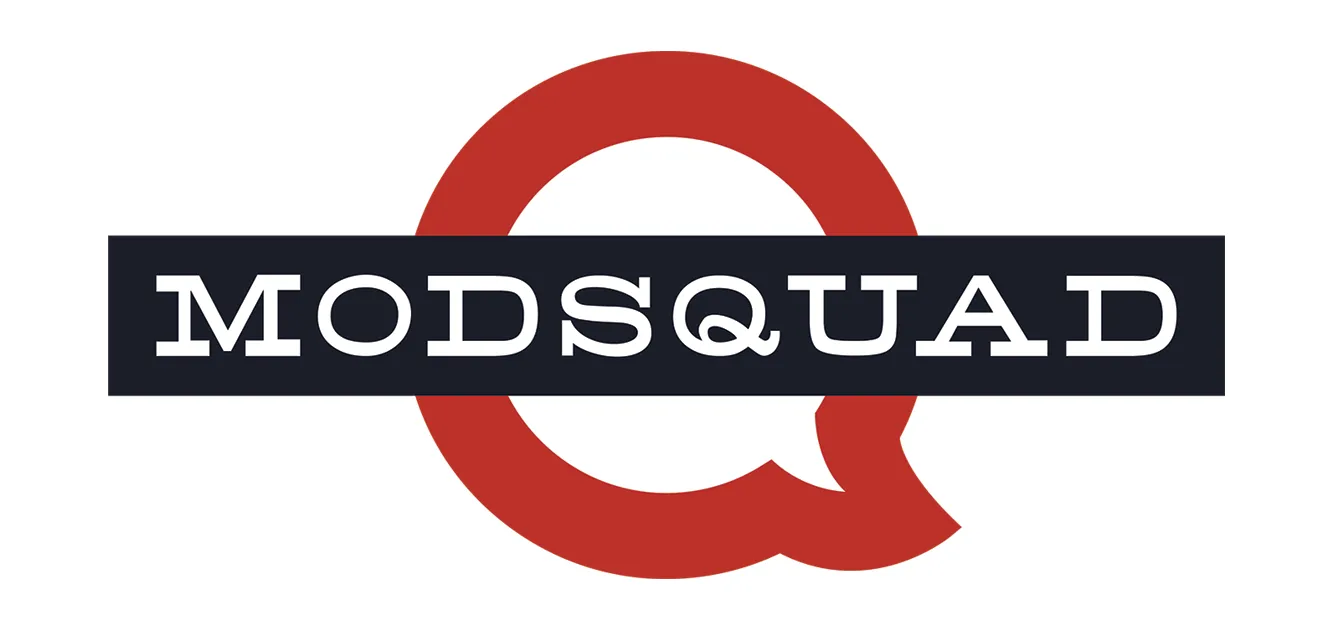
Community Management for the TSA
By Sanya Weathers
You know who needs a little community management? The TSA.
The job of a community manager is not to comment on the policies of the employer, except internally and confidentially. Certainly an experienced CM will be able to look at an unannounced policy and say, “Wow, this is going to backfire into fiery vitriol capable of burning until the as-yet-undetermined date of the end of the world.” But after providing such feedback, the professional community manager either quits as a matter of conscience, or steps forward and executes to the best of his or her ability.
Here’s what a pro could have done for the TSA:
– Proactive, not reactive. As every CM knows, once you’re playing catchup, you can never win. The best you can hope for is a draw. If you are implementing a new policy bound to be unpopular with the majority of your users, you don’t want to announce same with a dry little paragraph that understates the case and carries an undertone of “like it or lump it, chumps.”
Get in front of your big unpopular issues. Promote the new policy. Talk about it. Make a big deal out of it. Answer questions. And when the policy is finally implemented, most users won’t even notice. They’ll just say, oh, I read about that.
– Message crafting and website planning. Go to TSA.gov. The front page is a list of links, few of which relate to the issues people are worked up about, and a few blatantly self-serving statistics without context.
A community manager would have the big keywords right up front, and change the website to reflect current trending topics. For instance, this week, a professional CM would have “What are the risks to the new body scanners?” and some information about the actual amount of radiation involved with the scanner, along with some context for that radiation level. (The site has that information, you say? Right now, to get to that information, I have to know the scanners are called Advanced Imaging Technology, I have to click that link on the main page, click another link called “safety,” and wade through a bunch of text to get to what I want to know. That is not customer-friendly design.)
“Anatomy of a Pat Down – What To Expect” is another topic that many travelers would find useful, along with the avenue of appeal if those guidelines were not followed.
Respectfully managed expectations is one key to good community management.
– Put a face on the issues. Pictures are worth a thousand words, especially on the internet. When you are dealing with a situation where all of the available videos and photos do not support your position, you can either indulge in a disproportionate attack on those creating images (and lose the silent majority of users who don’t have opinions/use your product), OR you can put out your own images. At minimum, statements should be accompanied by photos of the people making the statements.
– Add transparency to feedback loops. All companies (and agencies such as the TSA) have a feedback mechanism in this day and age. But poll your customers, and you’ll find that most people won’t use such loops, because of the perception that feedback goes into a black hole.
You can’t possibly respond individually, especially after you’ve done your job and convinced people to use the loop. But you can prove to customers that you monitor the channel and use the information to solve problems. One method would be to aggregate your feedback, and report trends on the front page of the website. A more effective method would be to promote any actions you take in response to feedback – the removal of abusive personnel, for example.
If you have no intention of acting on any feedback, remove the loop.
It’s all about communication, and empathy for the end user. Those two factors work hand in hand for community pros.

